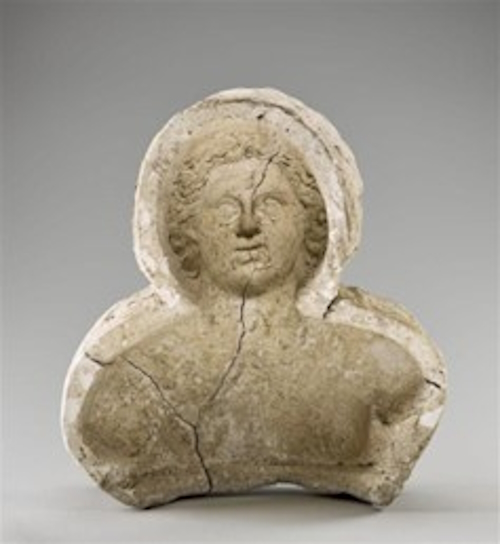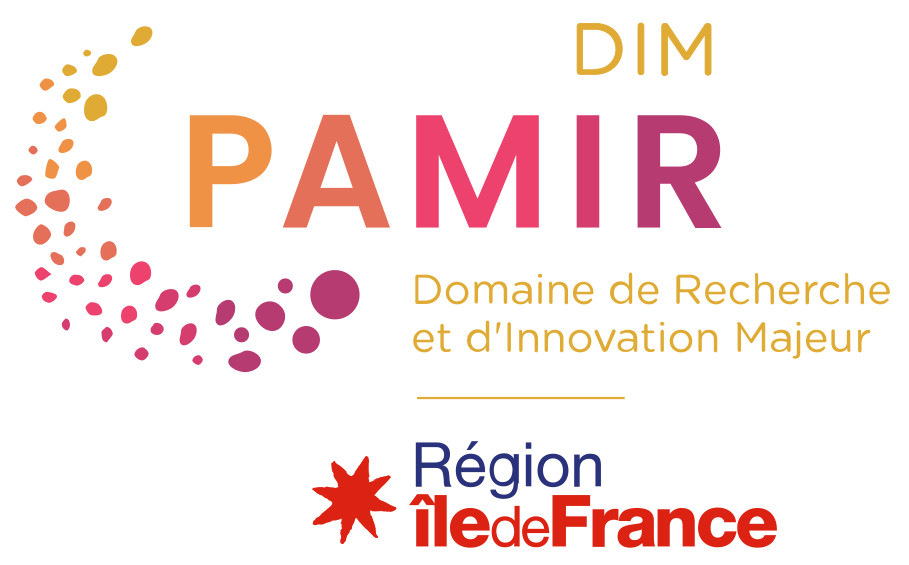
PALINUM
Hypotheses for the reconstruction of a Bernard Palissy’s grotto
Scientific responsibility :
- Françoise Barbe
- Delphine Carrangeot
- Aurélie Gerbier
- David Giovannacci
- Emmanuel Lurin
- François Giligny
- Patricia Dupont- Aulagnier
- Federico Nurra
Methodological axes :
Thematic fields :
Disciplinary sectors :
Partnership :
- Musée national de la Renaissance
- Patricia Dupont- Aulagnier (restauratrice)
Funding :
- DIM PAMIR
- Fondation des sciences du patrimoine
Project ID : IDF-DIM-PAMIR-2025-4-031
Summary :
The Musée national de la Renaissance at the Château d’Écouen preserves several thousands of archaeological fragments excavated in the 1980s at the Parisian workshop of the famous Renaissance ceramist Bernard Palissy (1510-1590). Settled in the Tuileries Garden from 1565, he built an artificial grotto for Catherine de Medici, after having worked on a first project for the Constable Anne de Montmorency. The major innovation of these constructions lies on the one hand in the material used, glazed terracotta, on the other hand in its repertoire known as “rustic figulines”, mixing naturalistic representations of animals, plants and minerals that he cast from life. Thanks to fundings from the Louvre Museum, a selection of fragments representative of the various features of Palissy’s grottos will be 3D digitized and made available to the scientific community via a semantic website hosted by Huma-Num’s servers. Once this equipment has been completed and put online, the PALINUM project will focus on scientific hypotheses for the reconstruction of these grottos, taking into account the heterogeneity of the sources and the information gaps. In addition, the project also aims to design digital tools for scientific and cultural outreach, to communicate its findings to a wider public and the scientific community, as part of a temporary exhibition at the Louvre and other French museums, and a renewed museography at the Musée National de la Renaissance in Écouen.

